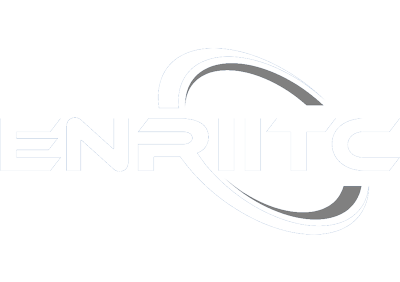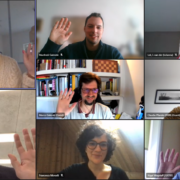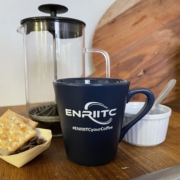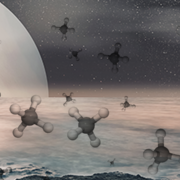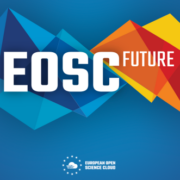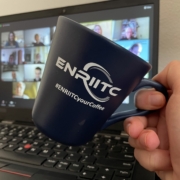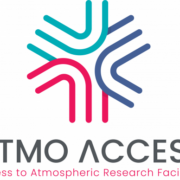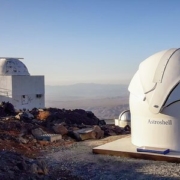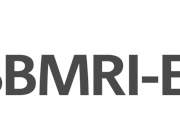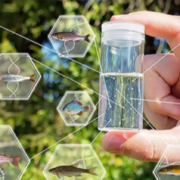ENRIITC Focus Group #3 “Outreach Strategies for Research Infrastructures”
An intense and challenging discussion took place during the ENRIITC Focus Group #3, on Thursday 6th May 2021. The meeting mostly focused on the post-covid effects on brokerage events linking RI’s and Industries and, the participants (who were mainly composed of RI communication officers), tried to answer to the following:
- How to promote brokerage events?
- How to follow up on them?
- How to promote policy dialogue from brokerage events?
BROKERAGE EVENTS BETWEEN RI’s AND INDUSTRY
Hybrid events combining physical presence with virtual exhibitions, may be one way to move forward though the price for virtual exhibitions is a challenge.
During the discussion, the importance of what industry gets out of a meeting and to what network they would gain access by, became evident. Especially for SME’s, it can be a challenge to participate in larger events,due to their lack of time and thus it may be difficult to attract them. That’s why, to involve facilitators like industry associations, Chambers of Commerce and for example Enterprise Europe (though adding a layer of go-betweens takes additional time), it could be beneficial in order to better engage SME’s.
National Contact Points (NCPs) might also be helpful: they often possess a lot of useful information which can assist the RI outreach efforts. However, they need to be aware not only about the actual RI’s need, but also concerning how they can be relevant in terms of offers for the industry. So, why not considering to co-organize “Access to SMEs” events with NCPs?
Another issue which should be promoted towards the policy levels, it is funds’ allocation for RI’s to properly support an effective and efficient communication with industry: this is a considerable barrier that strongly impact SMEs, as it requires a lot of effort to be done in an effective and targeted manner (It should not be forgotten that directly and/or indirectly there is a policy push towards the RIs for strengthening the bonds with the SME’s).
Finally, the importance of efficient follow-up to brokerage events was highlighted.
DISCUSSION OF STRATEGIES
The Focus Group discussed two draft strategies, which are both deliverables from the ENRIITC project:
- Strategy to exploit the innovation potential of RIs
- Strategy for innovation and industry-RI cooperation
The participants pointed out the difficulties of establishing single strategies covering all RI’s, as they are very different not only in terms of technology domains (of which some are more interesting for industry than others), but also concerning their “being distributed or not”. Furthermore, there is also a huge difference between the RIs, as in how mature they are in their development of outreach strategies, as well as in what mandate they have to pursue it.
The role of RIs as counsellors in regulatory matters of relevance for industry, could be an important topic for the strategy developments.
Bridging the gap between Science/RIs and commercialization in companies benefiting society, requires funding and innovation related spending. Translation of value from RIs to industry does not happen by itself , but it definitely must be part of strategies. For example, RIs could assist in identifying the innovation gaps to be filled by industry.
After two hours of lively discussion and even if it is not required by the project, the FG #3 decided to go on with an additional meeting, as the participants found that significant benefits were to be gained from a continuous exchange of experiences, knowledge and ideas about the communication between RI’s and industries.
Participants: Anne Charlotte Joubert (ESS), Manfredi Gabriele (SCK CEN), Iulianna van der Lek (CLARIN), Nikolaj Zangenberg (DTI), Marco Galeotti (EMSO), Francesca Morselli (DARIAH), Claudia Pfander (EMBL), Nigel Wagstaff (EATRIS), Rosa María Rodríguez (IFIC), Lisa Vincenz-Donnelly (JÜLICH) and Peter Frank (DTI).
